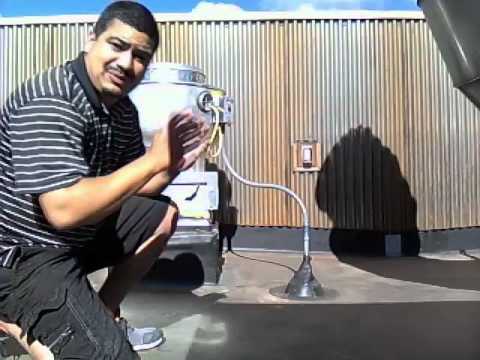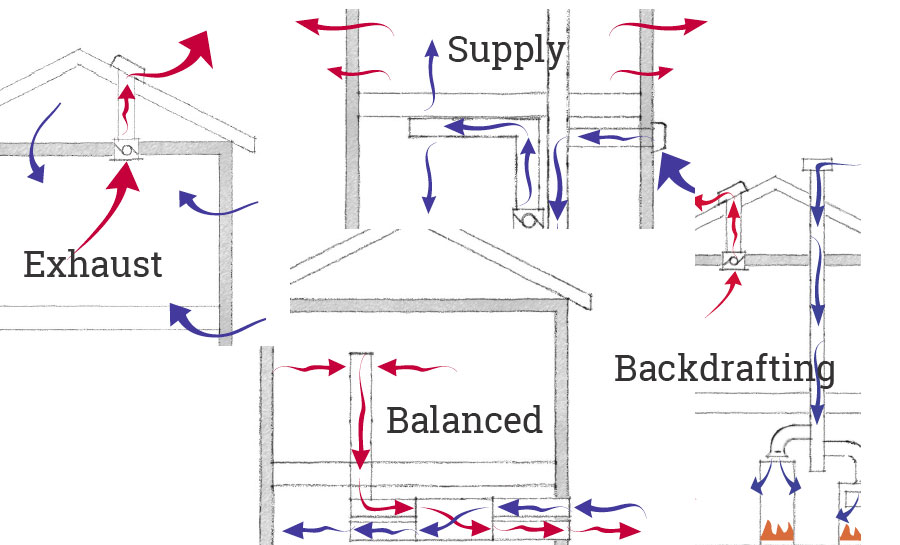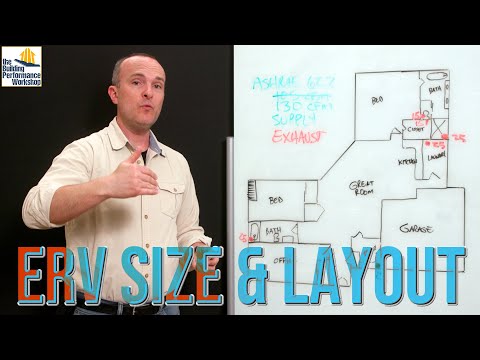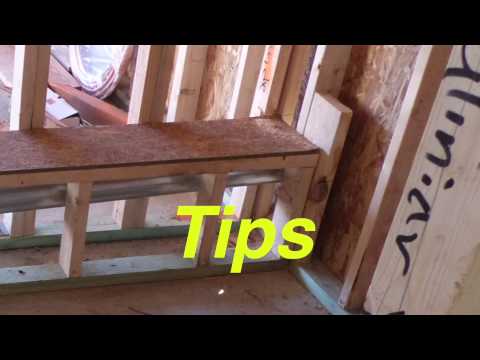You can control the bath fan and the light from the switch, automate with motion and sensor controls, or you can mix and match methods. You can even tinker at the switch
TRANSCRIPT OF VIDEO:
Panasonic is pleased to offer the most technologically advanced and energy efficient ventilation fan. WhisperGreen Select allows you to customize the fan to suit your customers' particular needs.
As with all Panasonic fan and fan/light units, the WhisperGreen Select is UL listed for installation into a tub or shower enclosure when GFCI protected.
It is best to have an idea how you or your customer would like the WhisperGreen Select fan operate before you start the installation. Depending on the desired function, you can choose from one of three wiring methods.
We'll cover the three methods in this tutorial and explain the fan's operation with each method.
Before we get started on wiring methods, it's important to note that every base model WhisperGreen Select is three fans in one right out of the box.
You'll find a CFM selector switch on the fans motor plate which allows you to set the speed of a WhisperGreen Select fan (50-80-110 or 110-130-150 CFM, depending on the model).
Simply select the speed you would like the fan to operate at by moving the selector switch to the desired CFM.
Upon opening the fans junction box cover, you will find that the WhisperGreen Select contains a black, white, and green wire leads along with two red wire leads on the fan only.
The fan/light units have an extra black and white lead for the light kit.
Please note: you will need to adhere to and obey all local wiring codes.
Method 1: only control fan from wall switch (1:35)
The first method is the most basic installation method. In this use, we'll be wiring the fan for on and off use as a spot ventilation fan, and we're not looking to add any of the plug and play modules for the WhisperGreen Select.
- Bring power from the panel to a wall switch.
- At the wall switch, attach the wire for the power conductor (the black cable) at the line side of a single-pole switch.
- From the switch, continue the run with the power conductor—again, the black cable—connected to the load side of the switch up into the fan junction box connected to the black conductor from the fans motor.
- The neutral conductors, the white cables, connect together at the switch box and continue to the junction box where it is conducted to the white lead in the junction box.
- The ground wires is brought up to the wall switch continues up to the ground lead, the green wire, from the junction box.
- The two red wires remain untouched. There is no need to do anything with them.
When using this method, it's important to note that if you choose to have any of the plug and play modules at a later time, they will only work if the on switch is in the 'on' position. Otherwise, there will be no power to the fan.
Method 2: Automatic operation (2:45)
Using this method, you would be using the motion sensor module and/or the condensation sensor to either turn the fan on or off. Or, if using the continuous run module to boost the fan from low to high speed.
If you choose this wiring method, you will not have manual control of the fan. You will be relying on the sensors only to control the fan.
- Bring power from the source directly to the fans junction box.
- Bring the power lead (the black conductor) to the power lead for the fans motor
- The Neutral lead (the white wire) to the white lead in the fans junction box
- And the bare ground wire to the green wire in the fan junction box.
- Leave the red wires capped separately and tucked into the junction box.
Method 3: Manual control with wall switch and sensor controls (3:30)
The third method we'll discuss is for manual control of the fan with a wall switch in conjunction with any of the plug and play modules.
- Bring power from the source directly to the fans junction box.
- Bring the power lead (the black conductor) to the power lead for the fans motor
- The Neutral lead (the white wire) to the white lead in the fans junction box
- Attach the bare ground wire to the green wire in the fan junction box.
- The red wires are signal wires that are designed to turn the fan from standby to 'on' or from low to high speed if using the continuous run module. They are NOT designed to carry current, DO NOT attach power to these conductors. These conductors are connected to either side of a standard single pole switch.
Turning the switch to the 'on' position allows the fan to turn on or boost from low to highly completing the signal loop to the fans motor.
With this wiring method, you can still use both the motion sensor and the condensation sensor modules as secondary control however, please note that these controls will only be active when the wall switch is in the off position.
With the switch in the on position, the signal loop will be completed and the fan will, be in the active mode. The motion sensor and/or condensation sensor will not affect the fan at this point.
Fan/light models expand the wall switch options (4:43)
When wiring a fan/light model, you will need a separate circuit for the light switch as you cannot supply line voltage to the red wires.
To wire a fan/light, you can use two separate signal pole switches, and run separate switches for the light kit and the signal loop for the fan motor.
Or, if you prefer, you can use a single pole over single pole switch, breaking the common tab on the line side of the switch. Use one switch to control power to the light and use the other switch to control the signal loop for the fan motor.
If you would like to use one switch to have the light come on when you turn the fan on or to its boost mode, you can use a double-pole, single throw switch. Use one pole to control power to the light kit and use the other pole to connect the wires for the the signal loop for the fan motor.
Using this method when the switch is turned on, the light will turn on and the fan will either turn on or move into boost mode. When the switch is turned off, the light will turn off, but the fan will continue to operate at full speed until the delay timer times out.
— This article is by PanasonicIAQ, one of ProTradeCraft's advertisers. #PanasonicIAQ is the premier manufacturer of powerful, energy-efficient ventilation fans that quietly exhaust unhealthy, unpleasant or moist air from home or business. See all of PanasonicIAQ's content here.











